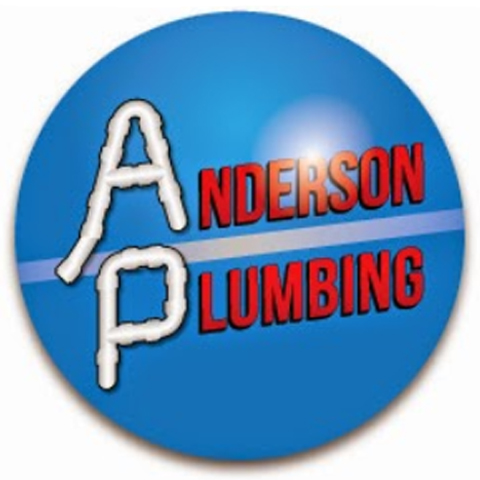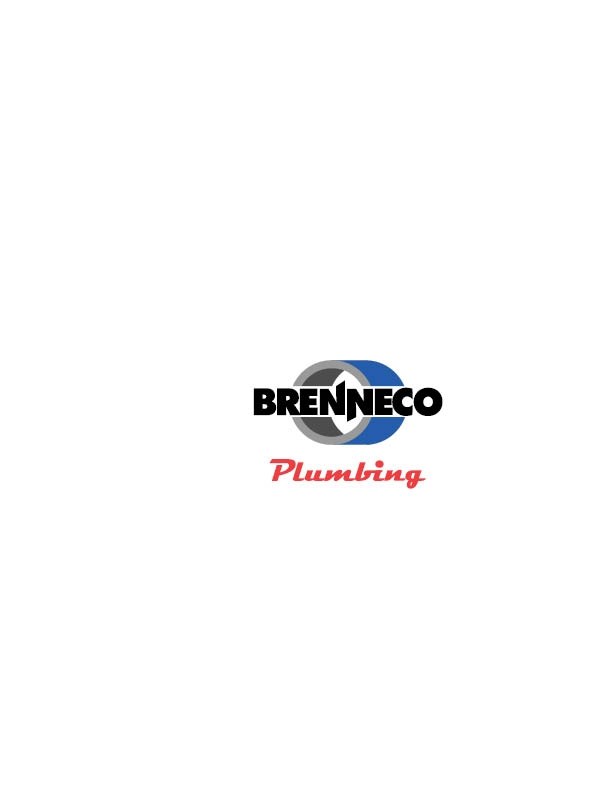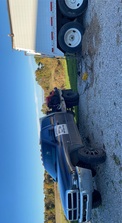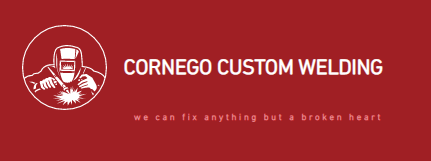
Metal Edge Welding & Fabrication
Metal Edge Welding & Fabrication
Thank you for visiting Metal Edge Welding & Fabrication. We are your locally owned and operated metal fabrication specialists based in Amboy, IN. We service residential and commercial clients throughout Miami County and the surrounding areas. Contact us now for your free estimate--we look forward to working with you soon!
"Fast quality service and high quality product"
Caleb W on March 2024
Thank you for visiting Metal Edge Welding & Fabrication. We are your locally owned and operated metal fabrication specialists based in Amboy, IN. We service residential and commercial clients throughout Miami County and the surrounding areas. Contact us now for your free estimate--we look forward to working with you soon!
"Fast quality service and high quality product"
Caleb W on March 2024





